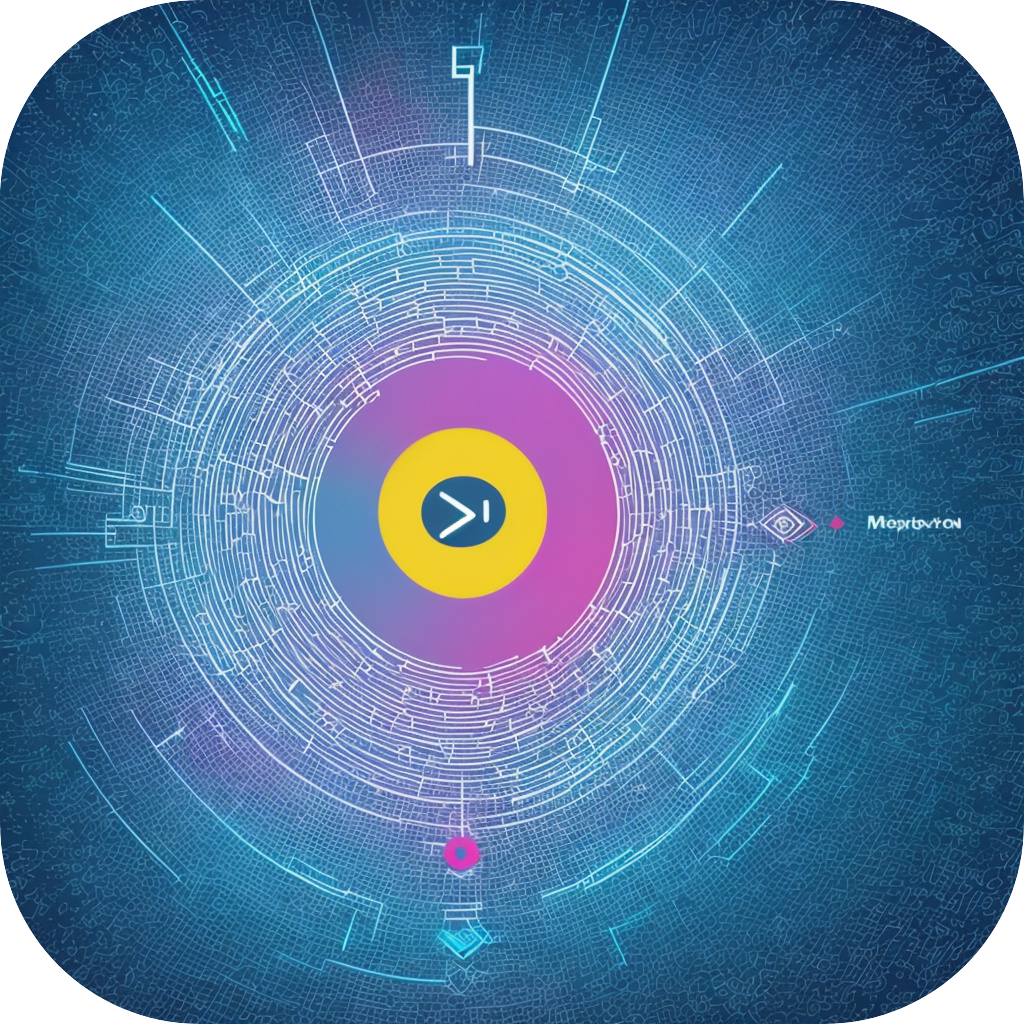In a world where content is consumed at an exponential pace and from a diverse array of digital platforms, the power and importance of subtitles in modern media consumption have become undeniable. As visual communication continues to evolve with advanced technologies like virtual reality (VR), augmented reality (AR), and high-definition television, subtitles serve as the universal key that unlocks understanding and engagement for a broad, global audience.
The advent of subtitles has democratized access to content by removing language barriers. Whether content is produced in a mainstream language or a less-supported one, subtitles ensure that millions of native speakers can still follow and enjoy the substance. This is particularly vital in the globalized digital age, where global trends and narratives spread rapidly across regions, and access to accurate translations can amplify understanding across cultures.
Beyond bridging linguistic gaps, subtitles significantly enhance accessibility for individuals with hearing impairments or those in noisy environments. People with hearing disabilities now have the same opportunity to engage with the same plethora of multimedia content, from news broadcasts to educational materials to entertainment. Subtitles not only facilitate better comprehension but also promote inclusivity, reflecting society’s values of fairness and equitable access to information.
The widespread adoption of subtitles also supports the growth of video as a dominant mode of communication. As visual content, such as videos, podcasts, and web series, continues to flourish online, subtitles can serve as pivotal tools in building a global audience and creating a more engaging online experience. They offer a way to maintain the narrative flow in written form, providing insights that may sometimes be lost in the audio track, especially in the complex, fast-paced nature of online content.
Moreover, subtitles offer a unique opportunity for translation innovation and language learning. They can serve as bilingual or multilingual educational resources, helping non-native speakers expand their vocabulary and comprehension skills. Moreover, they can offer a ‘window into different storytelling practices’ across cultures, enriching individual’s insights and empathy towards other societies and languages.
As the media consumption landscape continues to evolve, the future of video content and its accessibility must embrace subtitles. Advancements like artificial intelligence (AI) and machine learning (ML) are enabling more accurate and seamless subtitle creation, making it more affordable, efficient, and adaptable in real-time. This integration is only likely to enhance the audience’s experience by allowing more immersive and interactive forms of content delivery, tailored to diverse cognitive and environmental needs.
In conclusion, subtitles act as a linchpin in the realm of modern media consumption, facilitating global understanding, enhancing access, and promoting inclusivity. Their role is not only pivotal in overcoming linguistic barriers but in expanding opportunities for learning, cultural exchange, and enriching the viewer’s experience across various digital platforms. With the ongoing technological advancements and the global trend of content consumption shifting towards more visual modes, subtitles will continue to be a critical component in modern media that powerfully shapes and enriches our collective narrative.
